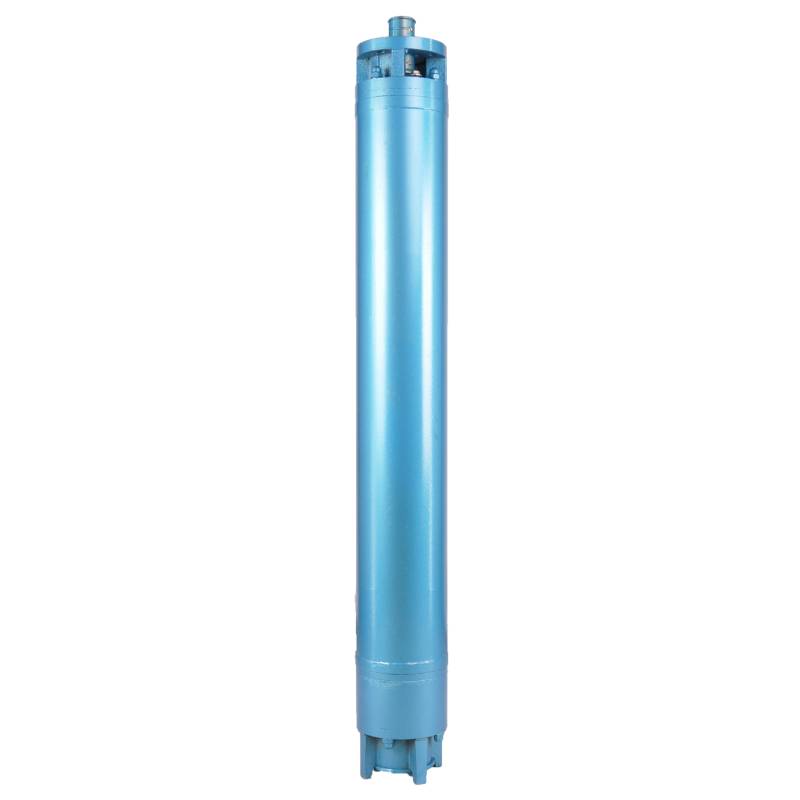12 月 . 03, 2024 18:19 Back to list
what is a submersible pump
What is a Submersible Pump?
A submersible pump is a type of pump designed to function while submerged in a fluid, typically water. Unlike traditional pumps that operate above the surface, submersible pumps are enclosed in a sealed casing that prevents fluid from entering the motor and damaging its components. This feature makes them particularly suitable for applications where they need to move fluids at considerable depths, such as in wells, boreholes, and sewage systems.
Design and Functionality
The primary components of a submersible pump include the motor, the drive shaft, and the pump itself. The pump often consists of an impeller and a volute casing, which work together to create pressure that pushes the fluid to the surface. The motor, usually located at the bottom of the pump, is submerged in the liquid being pumped. This design is beneficial because it allows the pump to exert higher pressure, making it efficient for lifting fluids from deep sources.
Submersible pumps are available in various sizes and configurations, including single-stage pumps, which are suitable for shallow applications, and multi-stage pumps, which can be used for deeper installations. They can be powered by electricity, hydraulic energy, or even solar energy in some cases.
Applications
Submersible pumps have a wide range of applications across various industries. In residential settings, they are often used for groundwater extraction, draining flooded areas, or managing sewage and wastewater. In agriculture, submersible pumps play a crucial role in irrigation systems, providing the necessary water to crops from underground sources.
In industrial applications, submersible pumps are utilized to transfer chemicals, fuels, and other liquids in manufacturing processes. They are also commonly found in municipal water systems, providing vital services such as water supply and wastewater management.
what is a submersible pump

Advantages of Submersible Pumps
One of the main advantages of submersible pumps is their efficiency. Since they are designed to lift water from significant depths, they can operate effectively without needing additional equipment, such as suction lines, which are required in surface pumps. This can result in lower installation costs and reduced energy consumption.
Moreover, submersible pumps can be engineered to handle various fluids, including dirty or abrasive substances, making them versatile for different environments. The closed casing effectively reduces the risk of leaks, providing a reliable solution for transporting liquids.
Challenges and Considerations
Despite their benefits, submersible pumps also come with challenges. Since they operate underwater, maintenance can be more complex and often requires specialized skills. Issues such as wear and tear on components, especially the impeller, can arise due to prolonged use. Regular inspections and maintenance are crucial to ensure their longevity and efficiency.
In addition, the installation process can be labor-intensive, particularly for deep wells or tight spaces where maneuverability is limited. Proper sizing and selection are also essential; an undersized pump may struggle to meet demand, while an oversized pump can lead to unnecessary energy costs and increased wear on components.
Conclusion
In summary, submersible pumps are essential devices used in various applications to transport fluids effectively from deep sources. Their design allows them to operate underwater, providing efficiency and reliability in challenging environments. While they offer several advantages, considerations regarding installation, maintenance, and appropriate sizing should be taken into account to ensure optimal performance. Whether in residential, agricultural, or industrial use, the role of submersible pumps in modern fluid management is significant and continues to grow in importance.
-
Your Guide to Deep Well Pumps
NewsOct.31,2024
-
Why Choose a Stainless Steel Deep Well Pump?
NewsOct.31,2024
-
Understanding Water-Filled Submersible Pumps
NewsOct.31,2024
-
Understanding SS Submersible Pumps
NewsOct.31,2024
-
Reliable Submersible Well Pumps for Your Water Supply Needs
NewsOct.31,2024
-
Choosing the Right Submersible Pump for Your Water Management Needs
NewsOct.31,2024
-
 Understanding Water-Filled Submersible PumpsWhen it comes to selecting the right pump for your water management needs, understanding the different types available is crucial.Detail
Understanding Water-Filled Submersible PumpsWhen it comes to selecting the right pump for your water management needs, understanding the different types available is crucial.Detail -
 Guide to Installing a Deep Well Submersible PumpWhen dealing with deep wells, a deep well submersible pump is often the most effective solution for extracting water from significant depths.Detail
Guide to Installing a Deep Well Submersible PumpWhen dealing with deep wells, a deep well submersible pump is often the most effective solution for extracting water from significant depths.Detail -
 Finding the Right Submersible PumpWhen seeking an efficient solution for pumping water from deep wells, sumps, or other applications, the submersible pump is a leading choice.Detail
Finding the Right Submersible PumpWhen seeking an efficient solution for pumping water from deep wells, sumps, or other applications, the submersible pump is a leading choice.Detail
